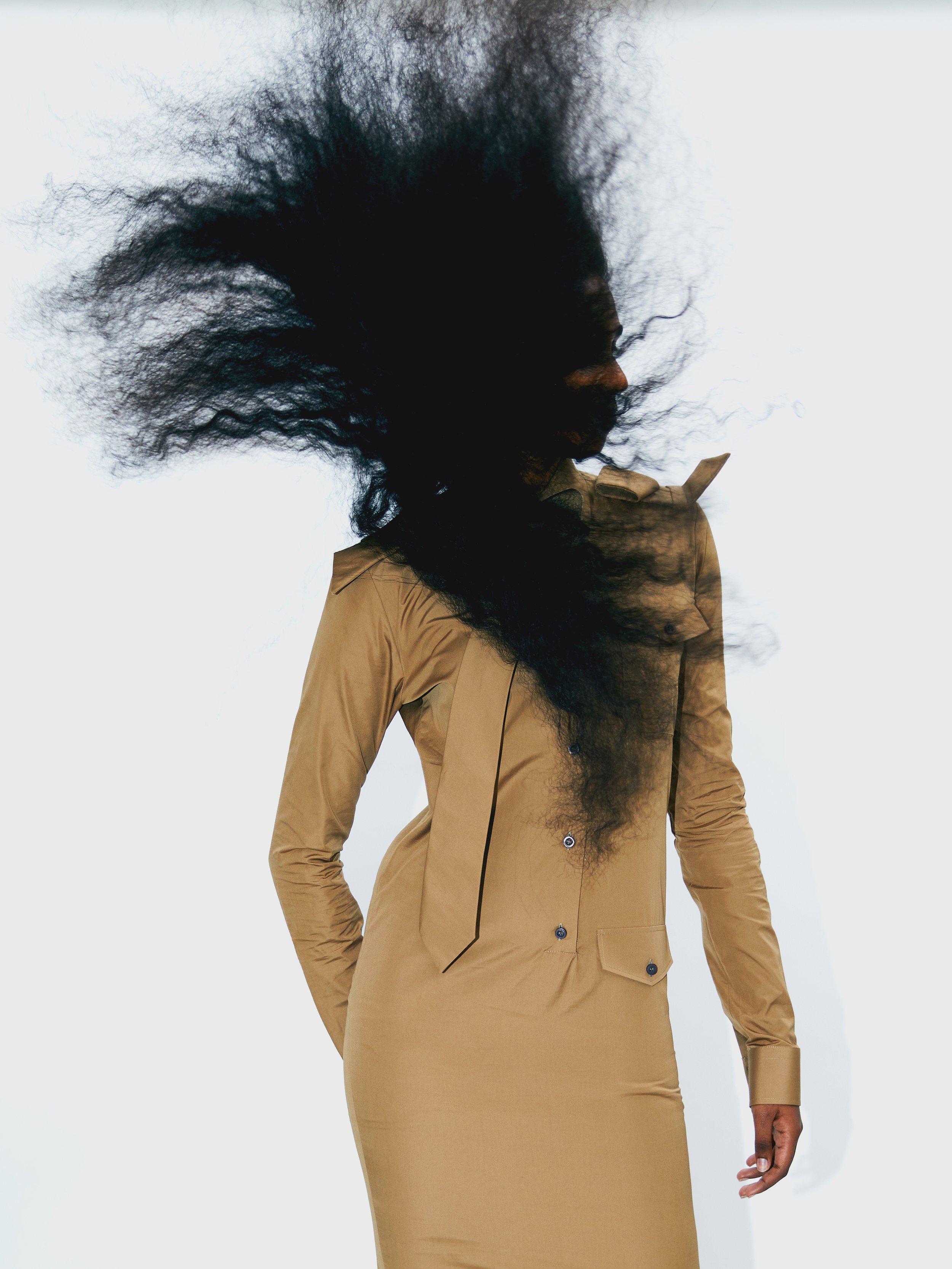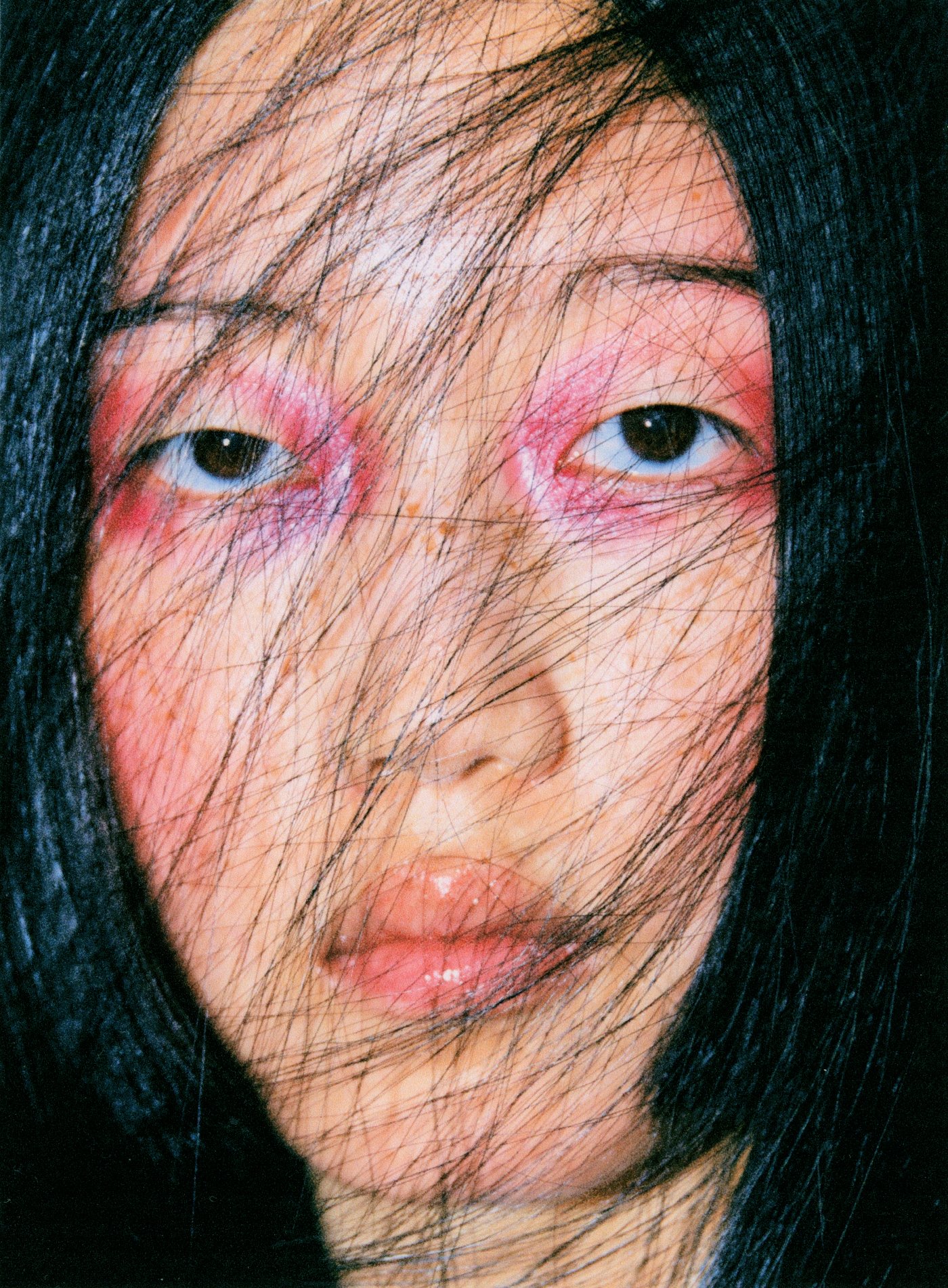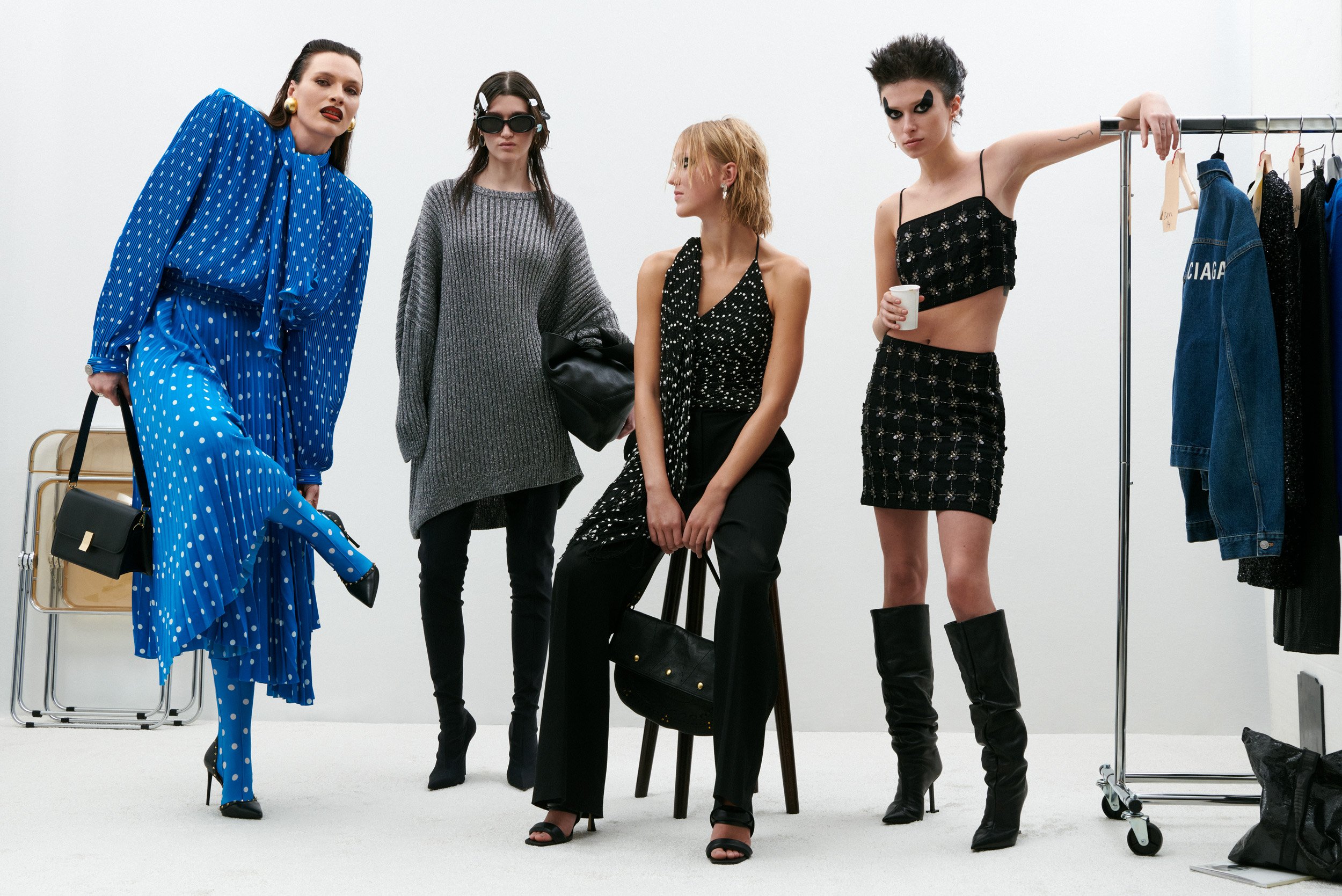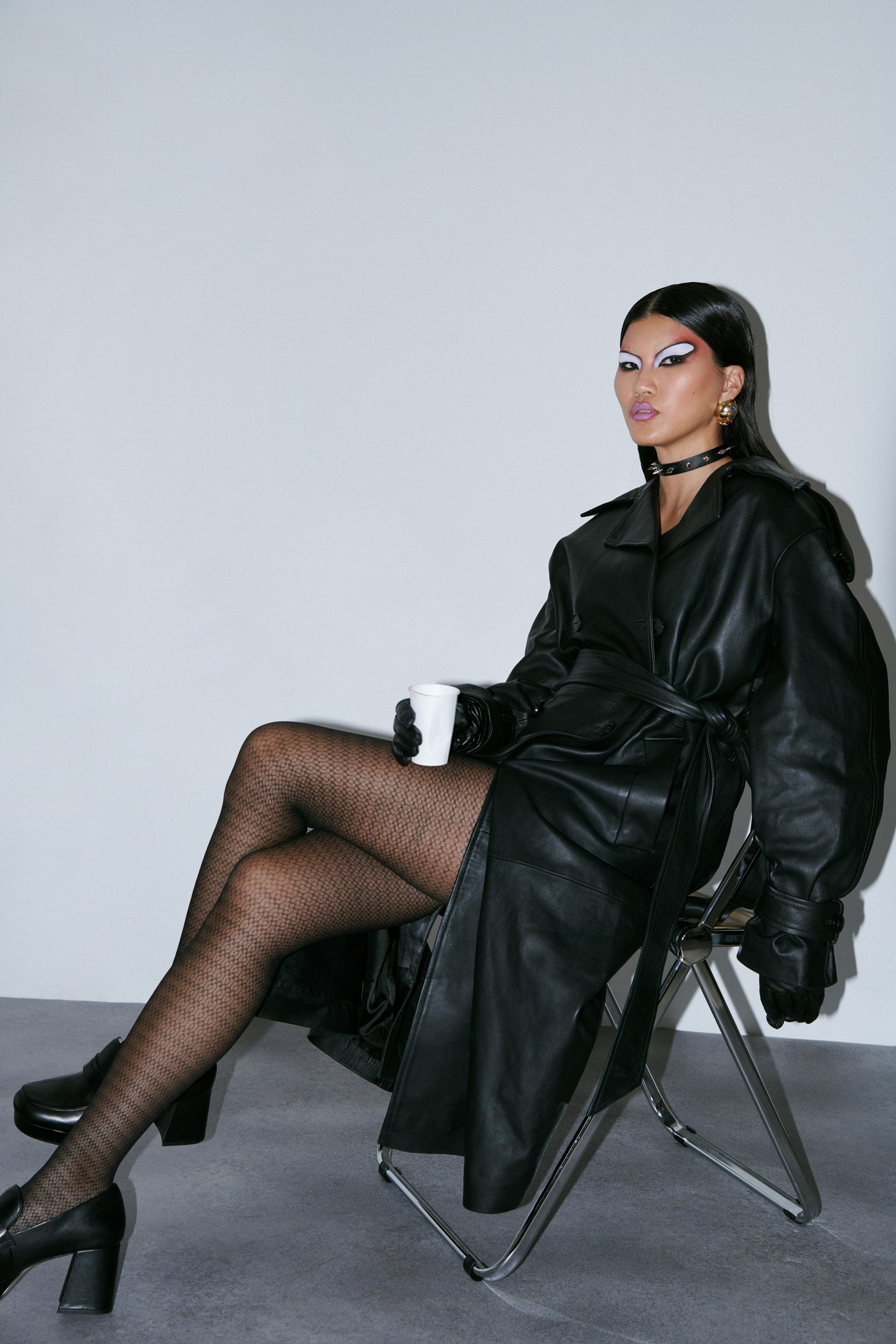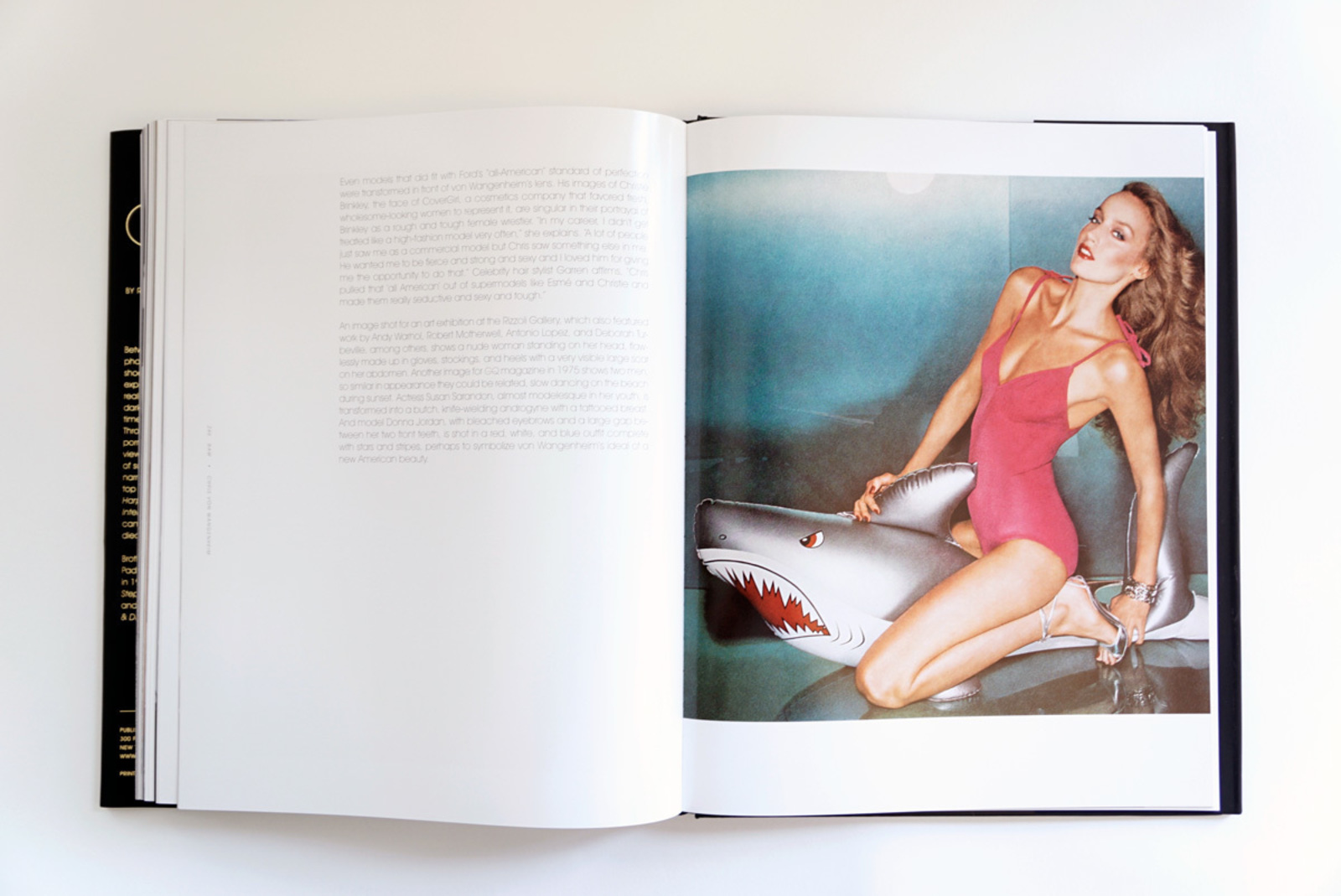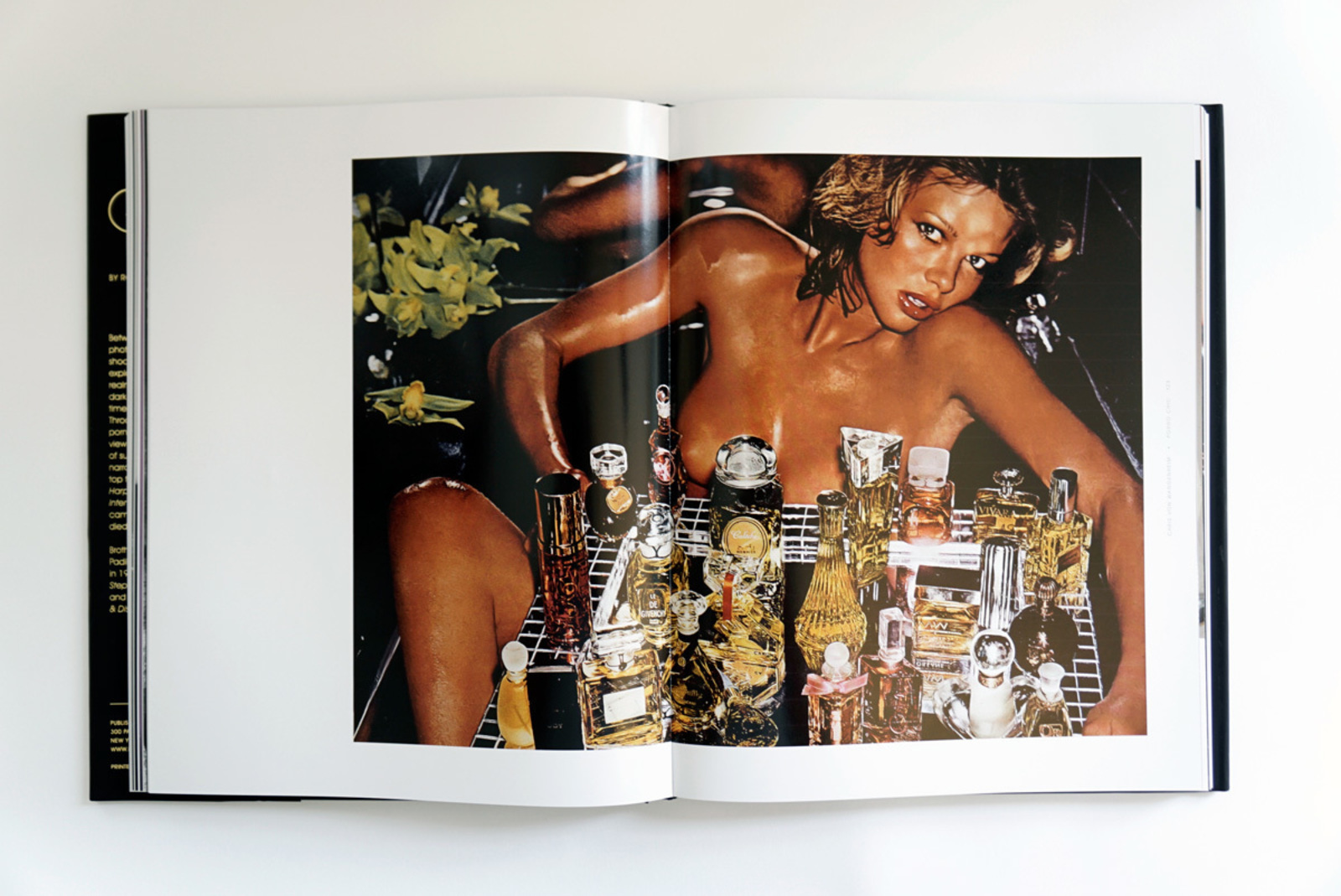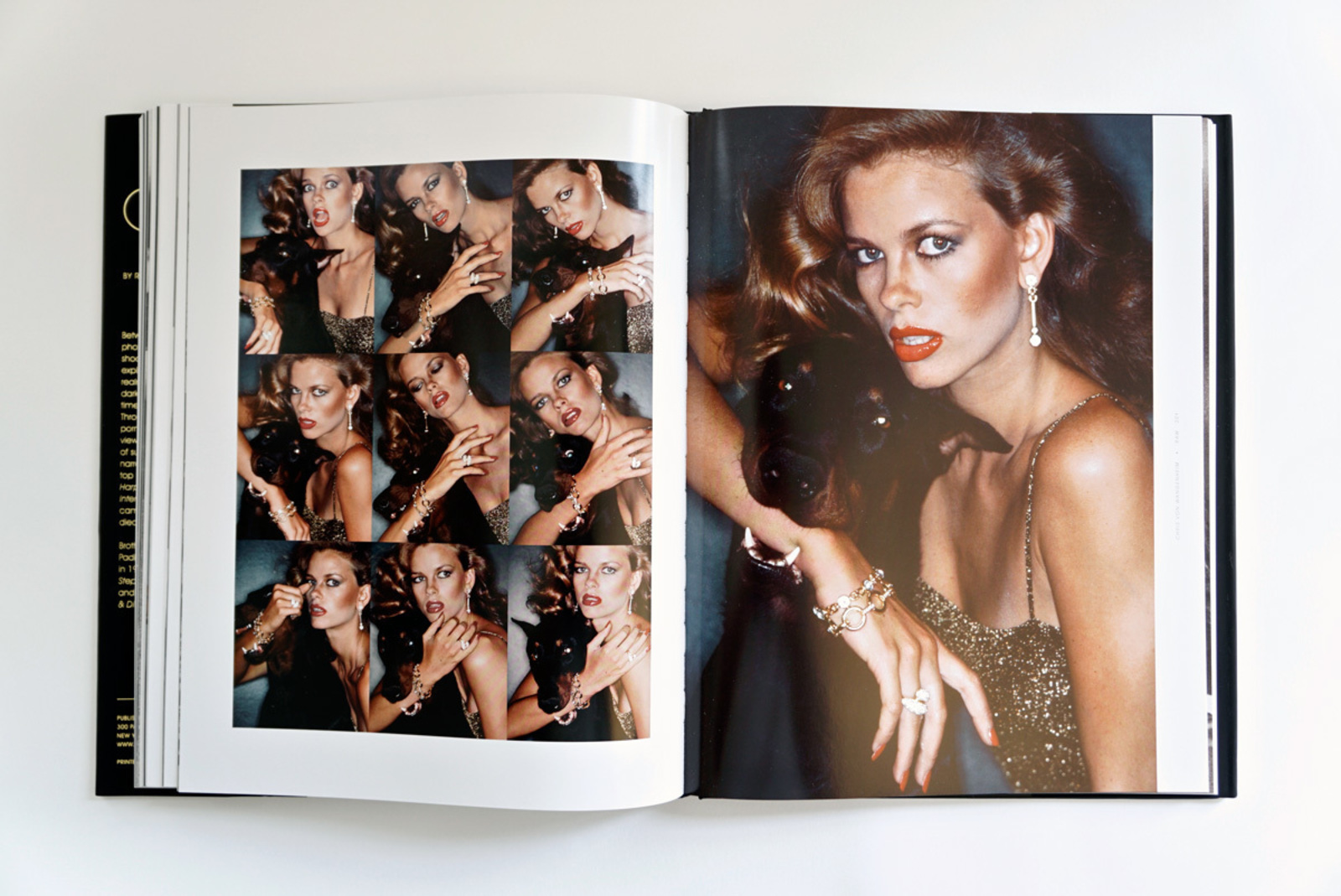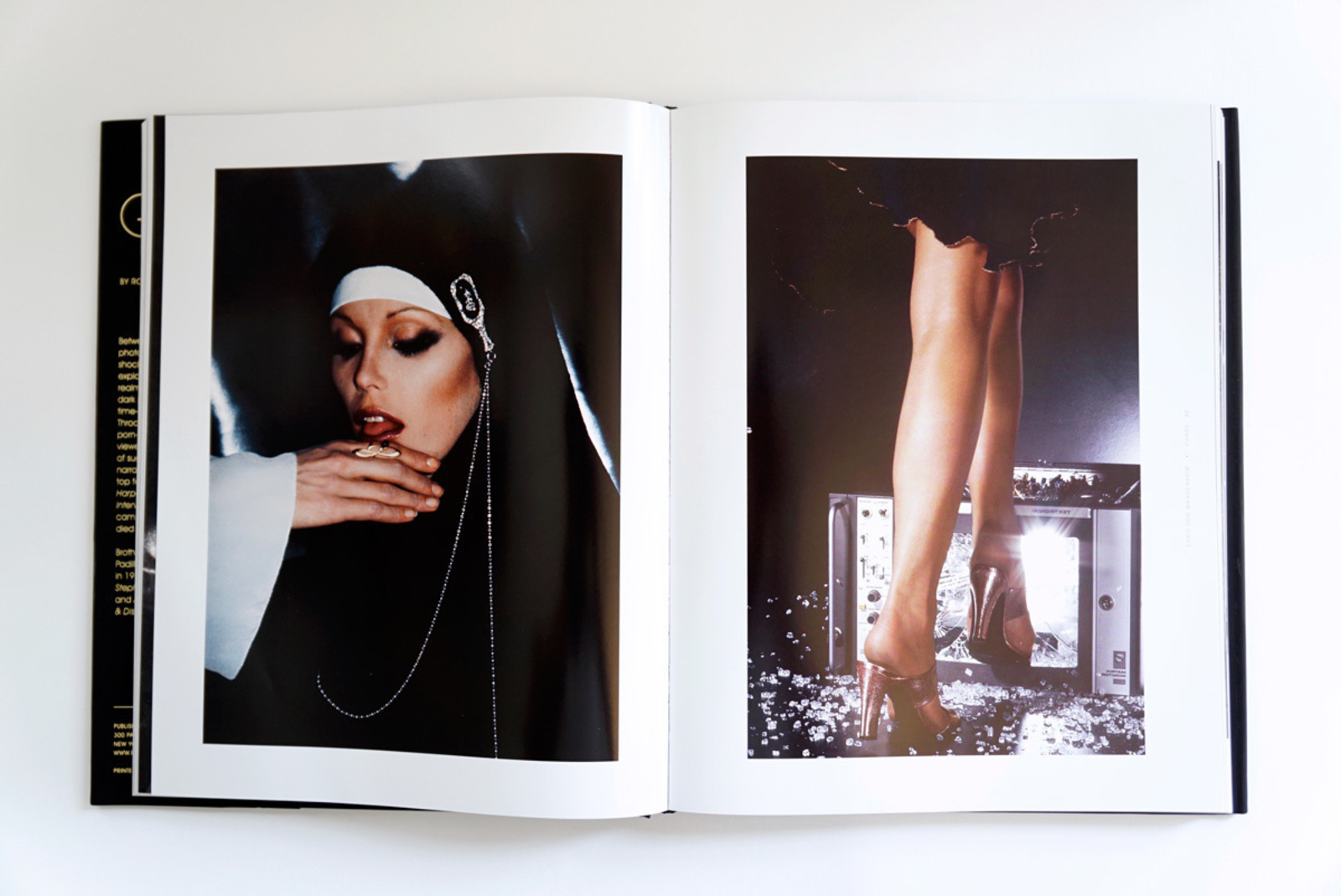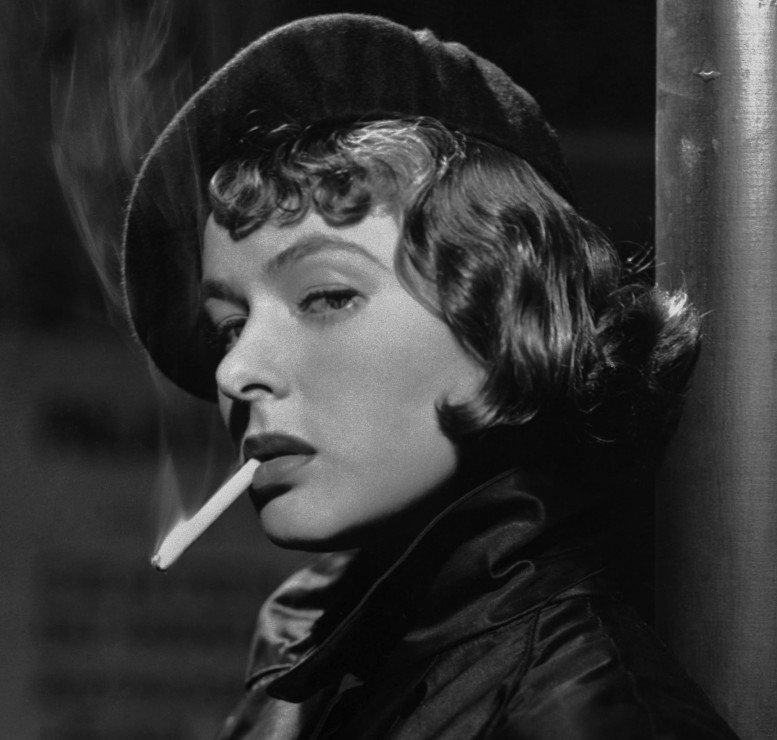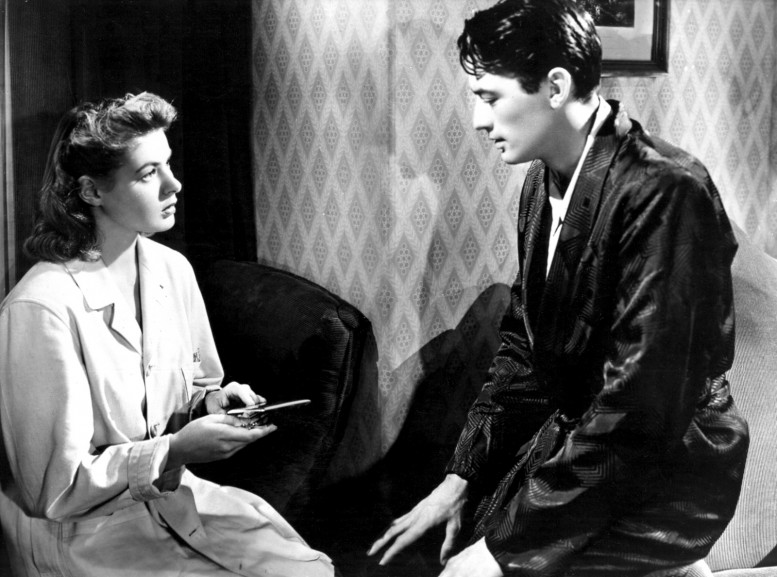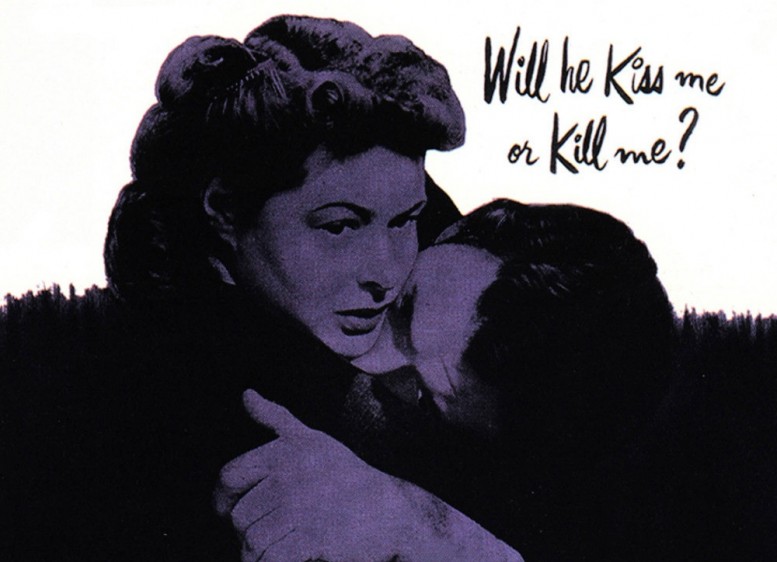Loewe photograph by Daniele Oberrauch / gorunway.com
Loewe continues to be a dominant force in Paris. Even when we can’t possibly fathom that the winning streak has lasted this long, Jonathan Anderson’s consistency remains a staple of the week. Though, this should not be mistaken for stagnation. Runway pieces were merged with their nearby garments, most notably: socks that grew into pants and a waistband with a kangaroo pocket as a roof. The show itself is not enough to understand how exciting these clothes are — both the shearlings and the leather could be described as buttery, the patterns remain radically inventive, and the volume of beading in this collection is truly something to behold.
Kartik Research photograph by Vivek Vadoliya
This season was the season of parents. Designer Kartik Kumra presented his brand’s first collection in Paris in the enthusiastic presence of his parents. They proudly wore their favorite designs from his emerging label, Kartik Research — a label whose fabrics are famously created without the use of electricity and whose embellishments feature the skilled artisanship found in Kartik’s home country of India. At KidSuper, Colm Dillane’s parents can be seen as crucial members of the team, often credited by Colm for contributing to the presentations. This season, Mr. & Mrs. Dillane made room for other members of the tightly-packed front row by squeezing together. Colm’s father was ultimately squeezed off the bench and enjoyed the show seated in his wife’s lap, creating a quintessentially KidSuper moment: optimistic and motion-picture-like.
courtesy of Louis Vuitton
It is possible that Pharrell’s work is attempting to revive the American spirit in fashion, maybe even through the same romantic lens with which Ralph Lauren created an empire. But his Louis Vuitton attempts to mythologize the beauty of his home beyond the whitewashed notions that have dominated the idea of American-ness in the minds of those abroad. This season, the Dakota and Lakota tribes were foundational to the collection, both in their artistic contributions on clothing and bags, as well as their endorsement of Pharell’s Western Americana that introduced the rest of the world to the Native American and Black cowboys. Cowboys of color can be easily forgotten when the idea of the West is so aligned with Buffalo Bills and Butch Cassidys, but through Pharrell, I think Louis Vuitton is hoping to create a new and more inclusive empire.
photo by Luca Tombolini and Gaspar Ruiz Lindberg
photo by Christina Fragkou
photo by Luca Tombolini and Gaspar Ruiz Lindberg
This is the footwear segment of this article. Among any discussion of footwear in any recent season, you will find well-earned praise for the creations of Rushemy Botter & Lisi Herrebrugh. Historic standouts include a hybridized cleat and banker shoe stacked on top of each other, or a 3D printed Reebok sneaker inspired by murex shells. This season, Botter’s shoes move us back to hybridization; the result is 70% soccer cleat, but bred with a bouldering shoe to create a rounded heel. What’s exciting is that we’re finally getting some Botter concept shoes as product. It’s, of course, difficult to make a prototype into a sellable shoe. Just ask Rick Owens, who continued to tackle the “concept as product” dilemma in the most effective way of any working designer. With Rick, if your eyes see it on the runway, it will be sold as product. This promise becomes even more compelling when you consider the Rick Owens lamp helmets, personal fog machines and now, balloon shoes equipped with inflatable valve. These flotation shoes were a staple of the show, which took place in Rick’s Paris home with a scaled down audience.
courtesy of Junya Watanabe
Pattern cutting is the primary contribution to the world for certain brands, Junya Watanabe immediately comes to mind. In this iteration of his absurdly complex patterns, the result is more visually subtle, yet some of the ideas executed in this show are so simple and brilliant that you wonder why it hasn’t been done before — notably a coat with sleeves takes the common gesture of wearing a coat as a cape, but doesn’t give you the option to use the sleeves at all. Outerwear fuses together top and bottom to create long coats. Despite how often the comparisons are drawn between the designers who used to be pattern cutters for Rei Kawakubo, I can’t help but think of how this idea would fit so well into Chitose Abe’s Sacai and her elaborate experimentation with hybridizing clothing. On the other hand, Sacai’s approach is much more detail oriented and uses more visual reference — a clear ode to pajamas becomes rugged outerwear at Sacai.
Dior photo by Brett Lloyd
Dior Men was a carousel this season, a literal carousel that spun the models around in a sort of lazy-susan (a mega-susan??) and then lifted the looks eight feet off the ground. The music was the “Dance of the Knights” from the ballet of Romeo and Juliet, a dance that features predominantly circular movements, so that seems to check out. Dior’s menswear offering centers around tailoring every season, and usually brings variety through styling details, with one noteworthy detail in particular. This season, that detail comes through women’s dress flats and mary-janes worn with colorful socks. Kim Jones continues to find bizarre deep-cut garments to include in unexpected ways: a belted safari jacket is a great example.
Airei photo by Andrew Morales
Performance art and fashion have endured a rocky relationship — at times, performance art is a critical component of understanding a presentation, at other times, it is distracting at its absolute best. Thankfully, the emotionally intricate brand Airei reminded us this season that performance art is a deeply fitting cross section with conceptual fashion. Designer Drew Curry did not outsource the performance art — he meditated in an armchair for his presentation while attendees tried on the collection. By meditated, I mean he sat in an armchair for six hours staring at a video of his newborn son. Members of the press relations team at his showroom, Dover Street Market Paris, told me that he had originally intended to meditate for twelve hours but was limited in time by the venue he hosted the presentation in. But performance aside, this was undeniably Curry’s best collection since the inception of the brand. Materials at Airei have always been exciting and innovative, in the past he has used fish scraps from sushi restaurants for their leather and human hair mats as an insulating and absorbent textile. The yak wool coats this season feature one of the most beautiful and dimensional fabrics I have seen in my career.
courtesy of Hermès
This was our first time attending Hermès — and it did not disappoint in the slightest. In fact, it was even better than I had ever anticipated. Ultra luxury houses have earned this reputation for being boring. Hermès bucks that assumption and presents a collection that appears minimal to the eye, yet features some of the most exciting pattern work I have seen this year. Details include cashmere linings that extend past the zipper, squishy deerskin coats, double-collared shirts, and a ponyhair sleeveless top that looked as good as it felt.
Winnie photo by Stanislas Motz-Neidhart
Winnie’s collection this season was a standout because its founder, Idris Balogun, is the most qualified newcomer to the Paris calendar. He cut his teeth on Saville Row and now brings that millimeter precision to the runway. This season, by focusing on ease, Balogun was able to deliver a consistent and confident drop-shoulder to many of his blazers and jackets. The casting and styling was exceptionally executed and authentic to the Beat Generation and ’50s inspiration that underpinned the show — a refreshing new source of inspiration for tailoring.
Walter Van Bierendonck photo by Catwalk Pictures / Etienne Tordoir
Deceptive goofiness took everyone by surprise with Doublet and Walter Van Bierendonck; both brands that many folks often dismiss as lighthearted and silly. Walter delivered a poignant performance art piece more than a runway. Each of the models was given a speaker smaller than a golf ball and were told to walk slowly through a series of rooms reciting facts about themselves while a different song played from each model’s speaker. Walter’s ongoing anti-war theme feels more relevant with each passing season. Walter’s designs are not runway-only, it’s always wonderful to see a devoted customer proudly wearing the same piece in the wild. Doublet, the Japanese brand with the most playful shows in Paris, changed directions this season by delivering a parody of Balenciaga. Imitating Demna’s self-serious in-joke created a new move in fashion’s Irony Chess.

